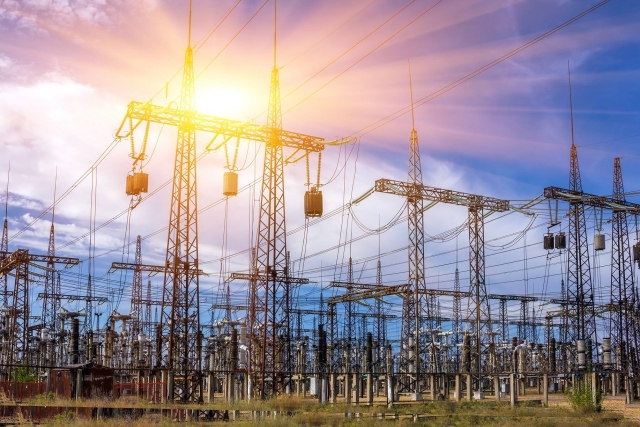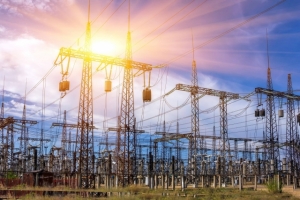Georgia Facing Energy Shortage
Electric power is a product without which life would be unthinkable: some amount of electric power is needed for any critical, research or entertainment infrastructure, manufacturing facilities, medical equipment, public transportation, home appliances…
The blackouts and permanent power cuts of the 1990-s are long gone and we have easily forgotten them. Moreover, Georgia nowadays even exports some electric power while we, ordinary consumers, are unaware that Georgia’s energy system is facing major power shortage and is in urgent need of new sources of electrical generation. Otherwise, it seems highly likely that we will have to fall back to the dark 1990s.
This accounts for construction of Nenskra hydropower plant going on in Svaneti.
Current sources of power generation
To better understand the situation, let us look into Georgia’s electric system. Let us start with the current sources of power generation.
Luckily Georgia has huge hydropower potential of which only 20% now is used to compare with 80% in Austria and 90% in Switzerland.
Despite the use of only 20% of hydropower resources, most power in Georgia is produced from power plants (80%), heat power plants (19%), and Kartli wind power plant (about 1%). Energy sources that are needed for heat power plants are not extracted in Georgia. We import them.
The electric power generated from power plants is connected into the power grid and supplied through high voltage power lines to distribution substations whereof it is distributed among consumers.
Why is Georgia facing energy shortage?
From the energy point of view, Georgia is heavily dependent (about 75%) on imported energy sources. We also experience severe electric power shortage.
For power grid stability it is necessary that supply and consumption of electricity should be equal. Otherwise, the quality of electric power deteriorates and an emergency occurs through the power grid.
However, since power generation and consumption are separate processes, the volume of power generated by power facilities and the demanded volume don’t always equal; often, consumer’s demand substantially exceeds the volume of power that can be generated at a specific moment.
At times like this, electric power deficit is developing which should be alleviated so that the power grid can smoothly function.
The seasonality of electric power supply-consumption
Electric power supply and consumption in Georgia is characterized by seasonality: in winter, energy consumption is higher compared to summer. The opposite is true for supply of electricity.
In particular, surplus water that is available in summer allows the country to fully meet the demand for electricity and export the remaining power. However, in autumn and winter, when hydro and heat production capacity is not enough to meet the demand, it is necessary to import electricity.
In 2017 the import rate reached record-high: its share in total energy consumption amounted to nearly 13%.
The sources to make up for the shortage
Importing power from Russia, Azerbaijan, Armenia and Turkey has been the accepted method to address power shortage in Georgia. This, however, means dependence on the neighboring states and unpredictable pricing.
Hence, so as to deal with the shortage in the country, it is necessary to construct new facilities to generate electricity.
Regulatory power plants, Nenskra HPP and its advantages
On the basis of the seasonality of electricity consumption and supply, the current shortage can be addressed with the use of regulatory power plants.
A power plant of specifically this kind – Nenskra Hydro - is under construction at the moment in Svaneti.
Power plants of this kind own regulatory capacities which is important both for overcoming the shortage and ensuring successful performance of the electric power system of Georgia.
Op-Ed by Bachana Pipia











